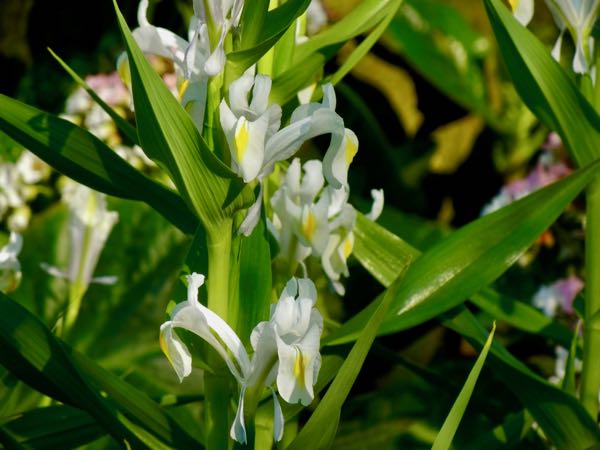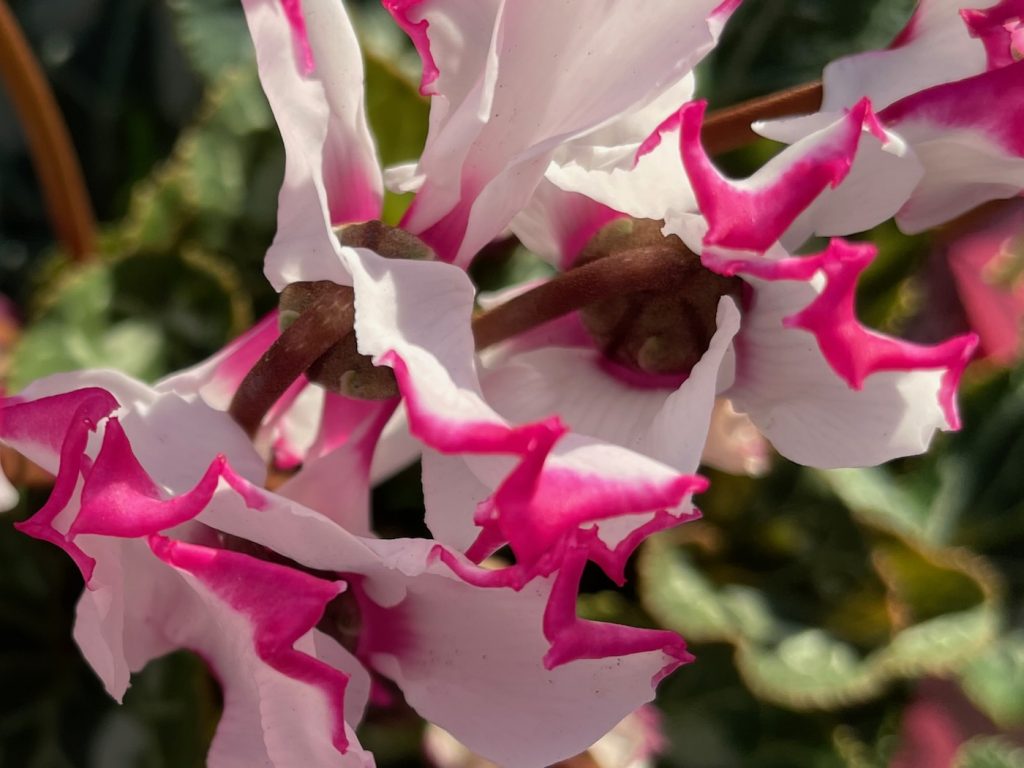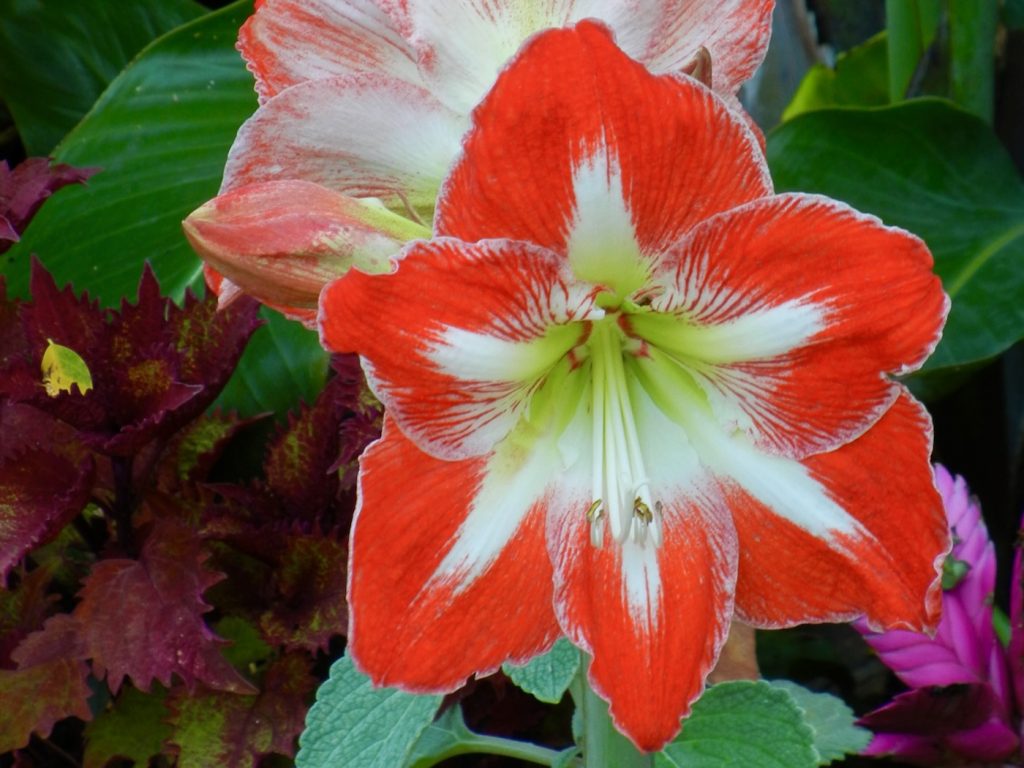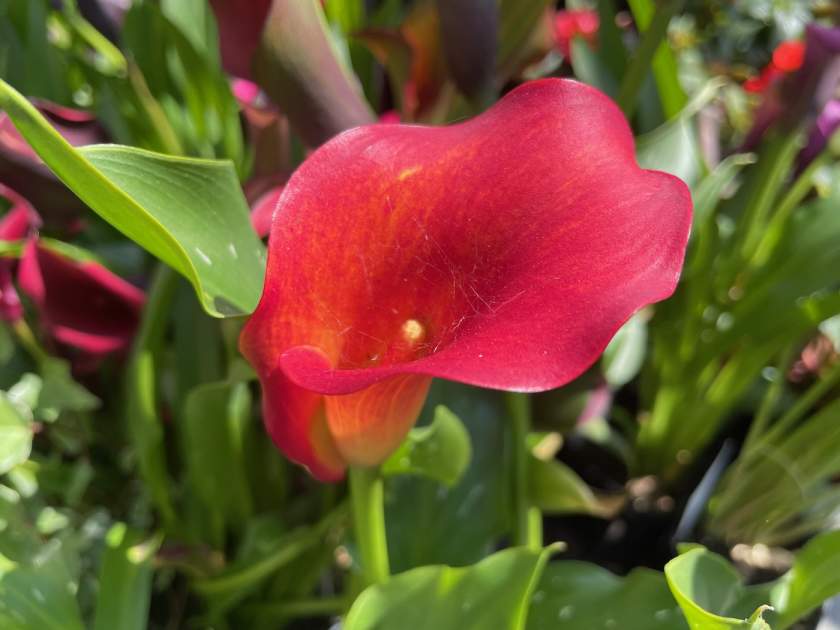Iris magnifica, also known as the Magnificent Iris, is a captivating bulbous perennial that is native to Central Asia and Russia. It belongs to the Iridaceae family of plants, which includes various irises renowned for their stunning flowers and architectural foliage.
Description: Iris magnifica graces the garden with its elegance, reaching a height of approximately 50cm or 20in. The plant showcases arching glossy green leaves that provide a lush backdrop to its magnificent blooms. The flowers emerge from the leaf axils and grace the garden with their presence during the spring season. The petals of Iris magnifica are pale lilac, almost appearing white, with a width of around 8cm or 3in. The fall petals exhibit a charming contrast, featuring an enchanting yellow beard against their almost white backdrop.
Habitat and Distribution: Native to Central Asia and Russia, Iris magnifica thrives in the mountainous regions of these areas, including the Zarafshan Range in Uzbekistan. It finds its natural home amidst the scenic landscapes and diverse ecosystems of the region. In cultivation, this species has gained popularity worldwide due to its captivating beauty and adaptability.
Cultivation: To cultivate Iris magnifica successfully, it is recommended to provide it with a sunny location, preferably with exposure to the east, west, or south. This iris variety prefers slightly alkaline, well-drained soil that allows for healthy growth. As the branches of Iris magnifica are sturdy, it does not require any specific sheltering. The plant can be propagated through seeds or by separating the bulbs during autumn. While Iris magnifica is generally disease-free, it is important to remain vigilant against common pests such as snails and slugs.
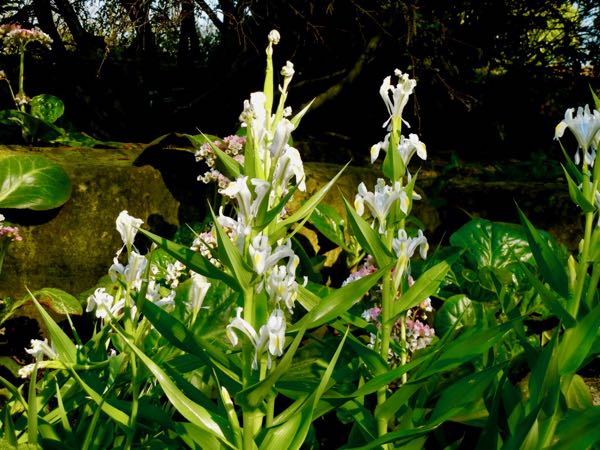
Additional Tips for Growing Iris magnifica:
Sunlight and Exposure: Plant Iris magnifica in a location that receives full sun or partial shade. It can tolerate both conditions well. In hot climates, provide some afternoon shade to protect the plant from excessive heat.
Soil Requirements: Choose slightly alkaline, well-drained soil for planting Iris magnifica. It prefers soil with good drainage to prevent waterlogging, which can be detrimental to the plant’s health.
Trimming and Maintenance: After the flowering period is complete, trim back any spent flower stalks to maintain the plant’s neat appearance. Avoid winter wetness, as excessive moisture during dormancy can lead to rot.
Pest and Disease Control: Iris magnifica is generally disease-free. However, be on the lookout for common garden pests such as aphids, red spider mites, slugs, and vine weevils. Take appropriate measures to control these pests if necessary.
Propagation: Iris magnifica can be propagated by division. Divide the bulbs during autumn to create new plants and ensure continued vigor.
By following these cultivation guidelines, you can successfully grow Iris magnifica and enjoy its captivating beauty in your garden.
